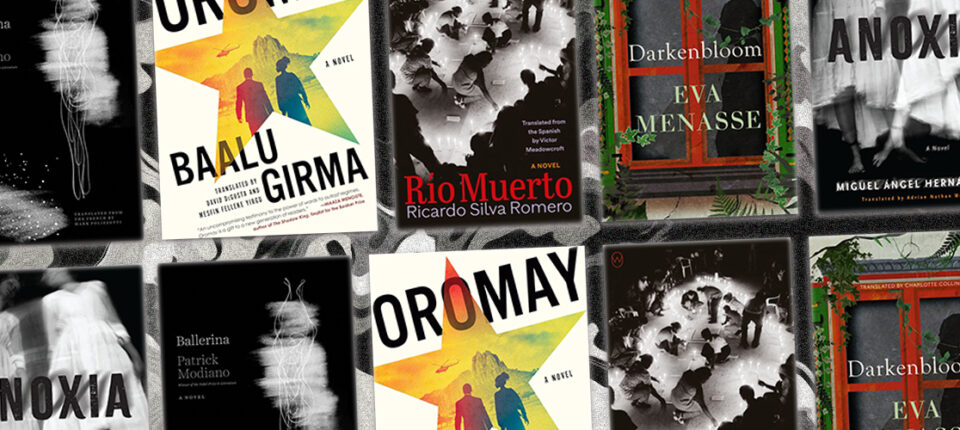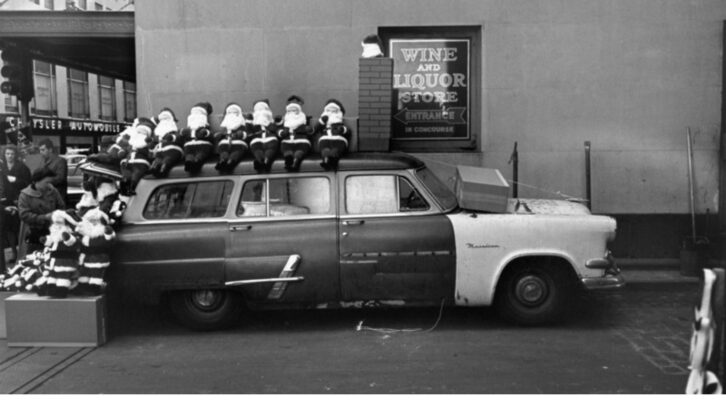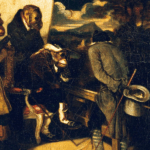February’s international crime releases are as varied in setting as they are excellent in quality. Perhaps this column can distract us from the nation’s turmoil; or perhaps it’s a useful remembrance that there are places outside, places we either want to move to or at least feel comforted in the knowledge that everyone has issues, even people in Paris who get to solve crimes while philosophizing and wearing stylish coats. Thanks, as always, for reading fiction in translation—the world is vast, and the need to decolonize our reading lists and decenter our nationalist impulses are served well by reading (and traveling, and imagining) widely. (My dad told me when I get preachy I sound like Rod Serling, so please imagine this intro delivered between gritted teeth and with cigarette in hand).

Eva Menasse, Darkenbloom
Translated by Charlotte Collins
(Scribe)
In the sleepy town of Darkenbloom, located on the border between Austria and Hungary, a seemingly bucolic surface covers a dark history of unspeakable crimes. Those who suffered under the Nazis (at least, those who survived) live side-by-side with their former tormenters in a fragile detente. Their peace is shattered by the end of the cold war and the Pan-European Picnic, in which hundreds of East Germans on holiday in Hungary fled across the border, seeking asylum and unwittingly opening old wounds. Meanwhile, a mysterious visitor to the insular community is poking around in the past, a past much of the town would prefer not to recall. Stunning & shattering, Darkenbloom is also the rare historical novel to make full use of its setting. It’s also a disturbingly relevant piece of fiction, as we watch our friends and neighbors being taken away by governmental forces hell-bent on enforcing brutal and deeply damaging policies with no purpose beyond bigotry.
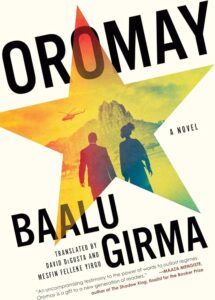
Baalu Girma, Oromay
Translated by David Degusta and Mesfin Felleke Yirgu
(Soho)
Baalu Girma worked as a journalist during the conflict between Ethiopia and Eritrea and wrote this novel just before he vanished, presumed murdered. In his magnum opus, translated into English for the first time, a cynical journalist helms a vast propaganda effort aimed at convincing Eritrea’s rebel forces to capitulate, while struggling to contain his growing disillusionment. Despite its heavy subject matter, Oromay is full of dark humor and heartfelt sentiment, and to read it is to gain a sense of the dynamism and liveliness of its author, making his fate all the more tragic to contemplate.
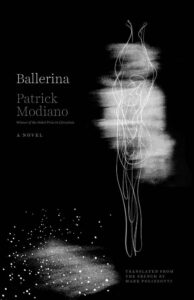
Patrick Modiano, Ballerina
Translated by Mark Polizzotti
(Yale University Press)
Yale University Press brings American readers another gift this year: a new translation of the Nobel-prize winning Modiano’s rich, evocative Ballerina, set in the world of dance (and oblique existential mysteries) in 1960s Paris. –Dwyer Murphy, CrimeReads Editor-in-Chief
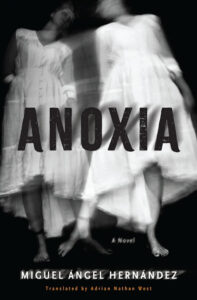
Miguel Ángel Hernández, Anoxia
Translated by Adrian Nathan West
(Other Press)
A photographer mourning the sudden loss of her husband finds new purpose in making portraits of the dead for an eccentric patron determined to revive the art of Victorian death portraiture. Moody and multi-layered, this novel, like its photography subjects, has earned a long and eerie afterlife.
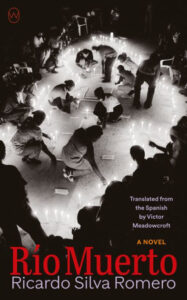
Ricardo Silva Romero, Rio Muerto
Translated by Victor Meadowcroft
(World Editions)
A murdered man’s ghost tells the story of his widow’s quest to confront the men who killed him in this new novel from renowned Colombian author Ricardo Silva Romero. –DM

